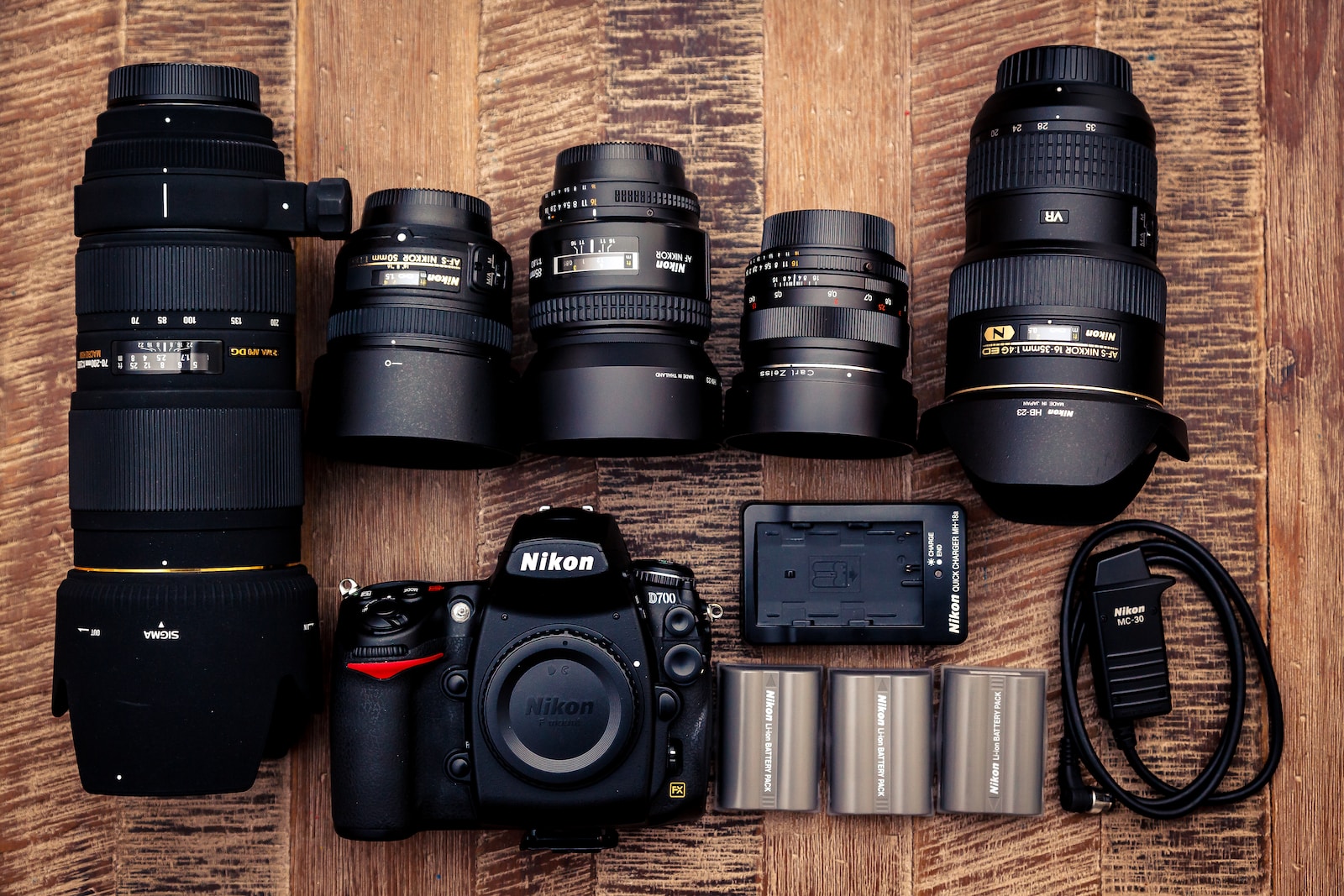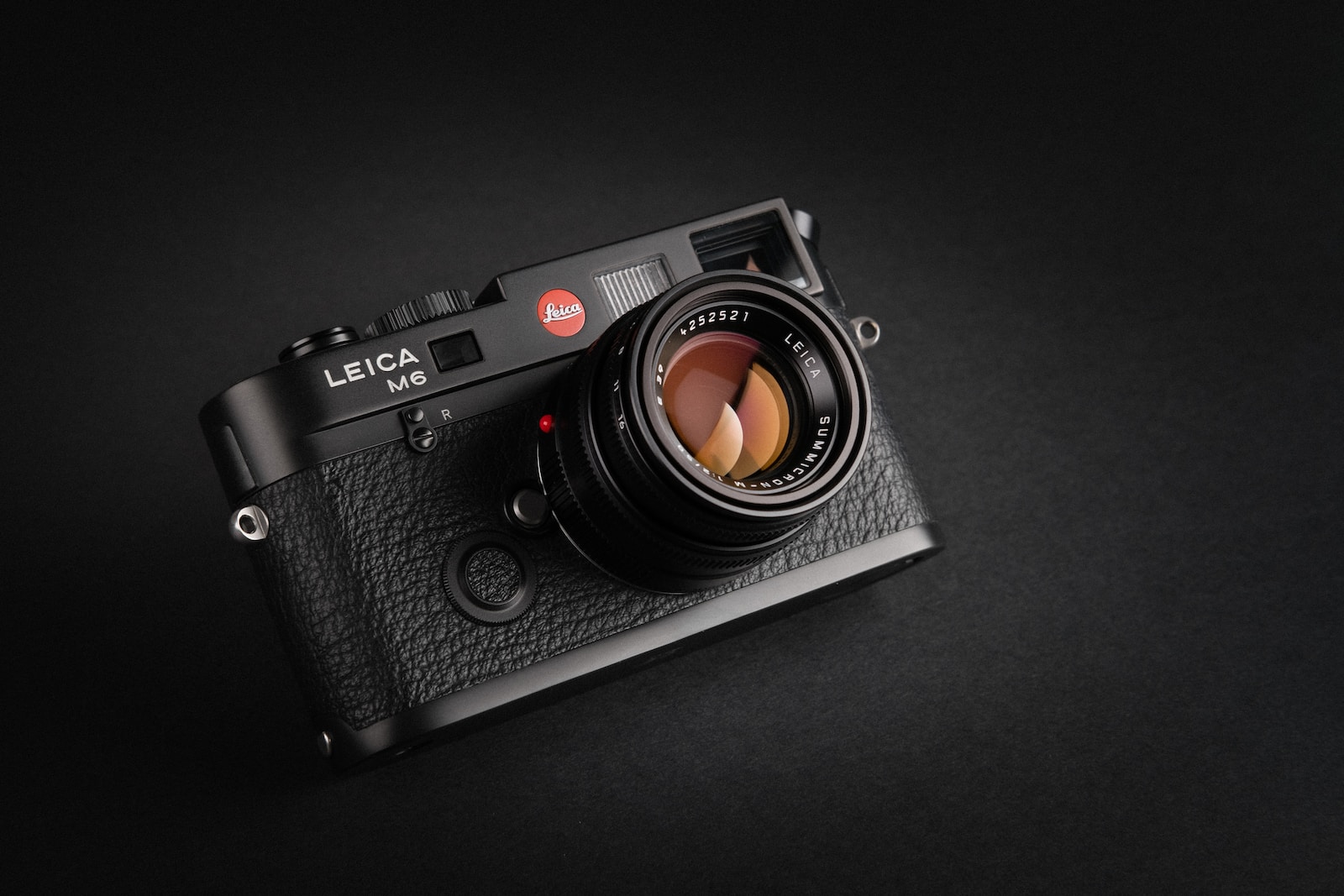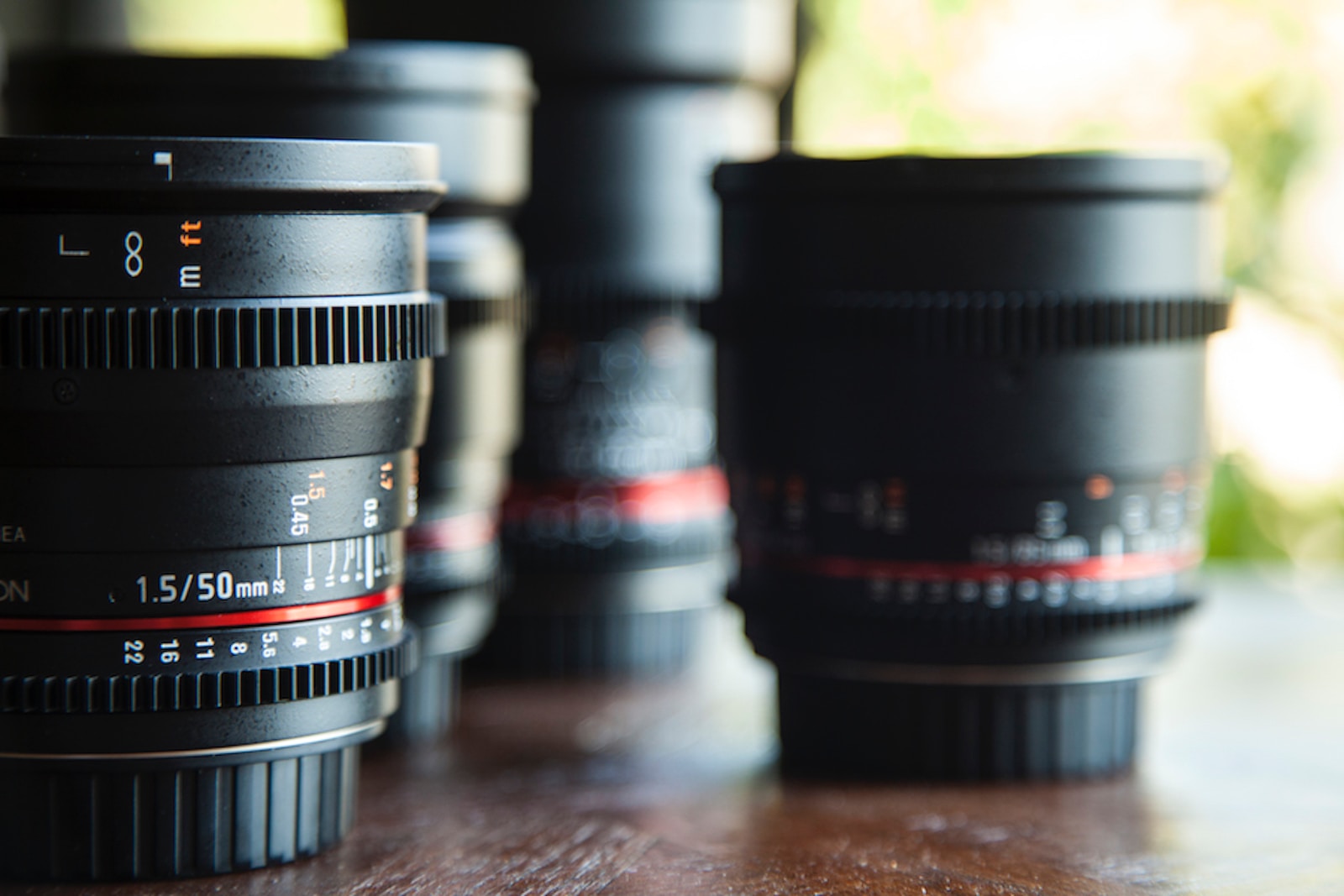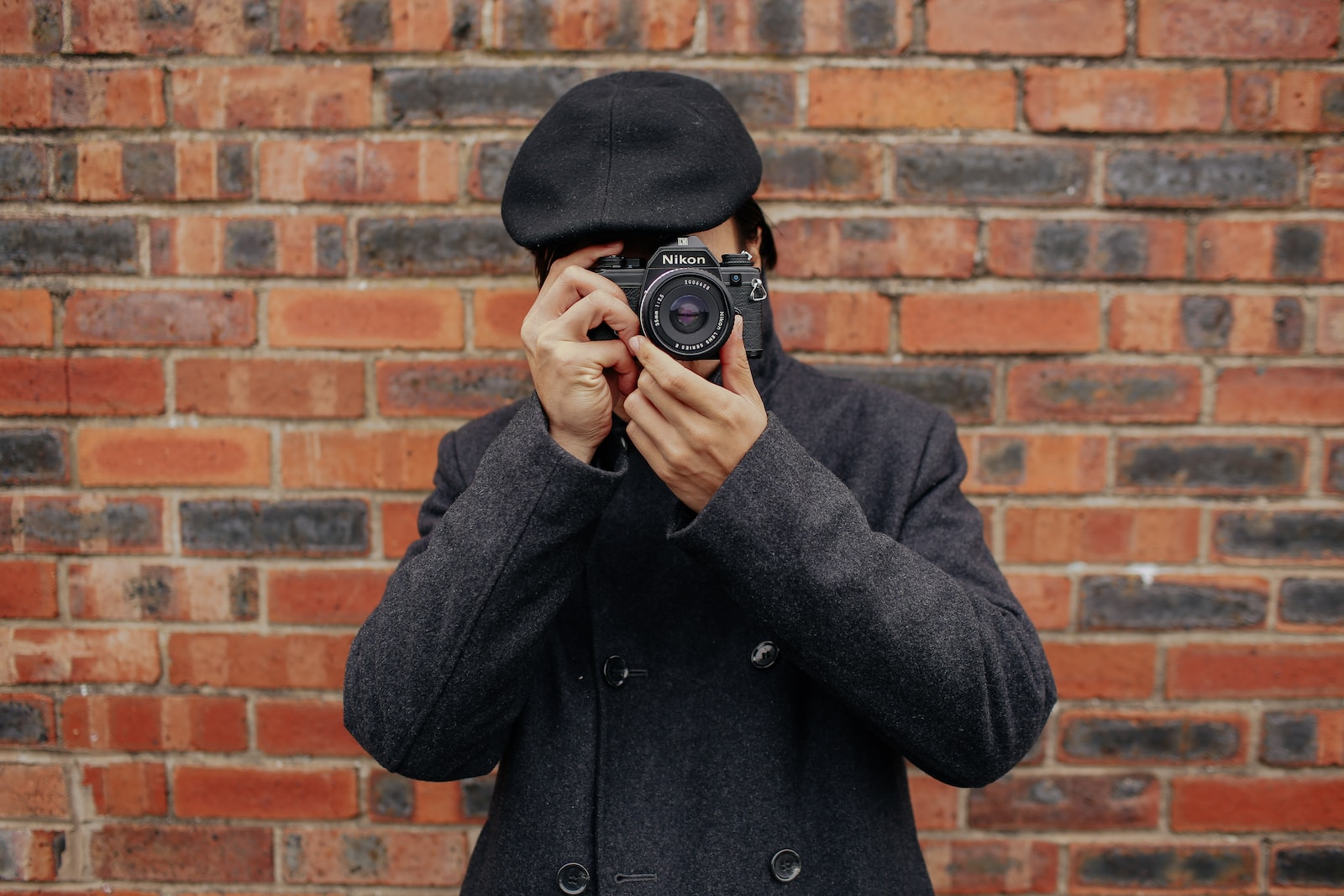Are you a beginner in photography looking to enhance your skills? Do you want to understand the basics of camera lenses and how they can impact your photography? Look no further! This blog will provide you with a complete guide to understanding the components and functioning of camera lenses. From the different types of lenses to their varying focal lengths and apertures, we will delve into all the essential information you need to know. So, let’s get started and unlock the secrets of capturing stunning images!
Table of Contents
- The Importance of Camera Lenses
- How Camera Lenses Transformed My Photography
- Frequently Asked Questions
- 1. What are the basic components of a camera lens?
- 2. How does a camera lens work?
- 3. What is the difference between a prime lens and a zoom lens?
- 4. How do camera lenses affect photography?
- 5. What are some popular types of camera lenses?
- 6. How do I choose the right camera lens?
- 7. How to care for camera lenses?
- 8. Can I use different lenses on different camera brands?
- 9. Are camera lenses interchangeable?
- 10. Are camera lenses expensive?
- Wrap Up
The Importance of Camera Lenses
When it comes to photography, the camera lens plays a vital role in capturing the perfect shot. It is the eye of the camera, allowing light to pass through and focus on the image sensor. Without a quality lens, even the most advanced camera body will fall short in delivering remarkable results. So, let’s dive into the key aspects of camera lenses you need to know.
Types of Camera Lenses
Camera lenses come in various types, each designed for specific purposes. Understanding the different lens types will help you make informed decisions when selecting the right lens for your photography needs. From wide-angle lenses that capture a wider field of view to telephoto lenses that bring distant subjects closer, we’ll explore the characteristics and applications of each lens type.
The Basics of Lens Functioning
Have you ever wondered how camera lenses actually work? In this section, we’ll explore the inner workings of lenses and demystify their functioning. From aperture blades controlling the amount of light entering the lens to focusing mechanisms that allow you to sharpen your subject, you’ll gain a deeper understanding of the technical aspects behind lens operation.
Interesting fact: Did you know that the world's most expensive camera lens, the Leica APO-Telyt-R 1,600mm f/5.6, sold for a whopping $2.064 million at an auction in 2012? This lens weighs around 132 pounds and is a true symbol of precision engineering.
Focal Length and Perspective
The focal length of a lens plays a crucial role in determining the perspective and magnification of the captured image. From wide-angle lenses that exaggerate perspectives to telephoto lenses that compress distances, we’ll explore how focal length impacts your composition and storytelling capabilities in photography.
Aperture and Depth of Field
Understanding aperture and its relationship with depth of field is essential for controlling the sharpness and blurriness in your photographs. We’ll explain the concept of aperture, the different f-stop values, and how to use depth of field creatively to achieve stunning visual effects in your images.
Prime vs. Zoom Lenses
Choosing between prime and zoom lenses can be a dilemma for many photographers. In this section, we’ll weigh the pros and cons of each lens type and help you decide which one suits your photography style and needs. Whether you prioritize flexibility or image quality, both prime and zoom lenses have their own distinct advantages.
Specialty Camera Lenses
Besides the common lens types, there are specialty lenses that cater to specific photography genres or creative effects. We’ll explore macro lenses for capturing intricate details, fisheye lenses for unique perspectives, and tilt-shift lenses for controlling focus and creating miniature-like scenes. Discover how these lenses can expand your artistic possibilities.
Taking Care of Your Camera Lenses
Now that you’ve understood the fundamentals of camera lenses, it’s essential to know how to properly care for and maintain them. We’ll provide you with tips on cleaning your lenses, protecting them from dust and moisture, and storing them safely. A well-maintained lens can last a lifetime and ensure consistent image quality.
By comprehending the basic components and functioning of camera lenses, you are equipped to make informed decisions in selecting the right lens for your next photography adventure. Remember, a quality lens combined with your skills as a photographer can unlock a world of creativity and capture breathtaking moments. So, go out there, experiment, and let your lens be your guide to creating stunning photographs!
How Camera Lenses Transformed My Photography
As a budding photographer, I was always eager to capture the most stunning shots. However, I soon realized that the quality of my photographs heavily relied on the camera lenses I used. Let me share with you a story of how understanding the basics of camera lenses revolutionized my photography journeys.
Discovering the Power of Camera Lenses
Like many beginners, I initially settled for the standard kit lens that came with my camera. I took decent photos, but they lacked the wow factor I desired. Seeking improvement, I decided to invest in a prime lens after reading a beginner’s guide to camera lenses.
It was during a trip to a picturesque national park that the true potential of camera lenses unfolded before my eyes. Equipped with my new prime lens, I captured breathtaking landscapes with incredible sharpness and clarity. The versatility of the lens allowed me to experiment with different focal lengths, resulting in stunning wide-angle shots and beautifully blurred backgrounds.
I soon realized that camera lenses weren’t just tools but an essential aspect of creative expression. Each lens possessed its own unique characteristics, enabling me to capture different moods and perspectives. Understanding the basics of camera lenses opened up a whole new world of photographic possibilities for me.
The Benefits of Lens Upgrades
Over time, I expanded my collection of camera lenses, each serving a specific purpose. I invested in a zoom lens for capturing distant subjects and a macro lens for capturing intricate details. With each lens upgrade, my photography skills grew, and I discovered how lens choice affected the overall quality of my images.
One of my most unforgettable experiences was photographing wildlife in their natural habitat. Armed with a telephoto lens, I was able to get up close and personal with elusive creatures without disturbing their natural behavior. The ability to capture sharp, detailed shots from a distance was truly remarkable.
Continual Learning and Experimentation
As I delved deeper into the world of camera lenses, I realized there was always something new to learn. I experimented with different lens types, such as fish-eye and tilt-shift lenses, adding unique perspectives to my photography portfolio. Understanding the functioning of each lens was crucial in harnessing their full potential.
By regularly researching and staying updated on the latest lens technologies and techniques, I discovered new ways to elevate my photography skills. I learned about lens elements, aperture settings, and special lens coatings, all of which play a significant role in achieving optimal image quality.
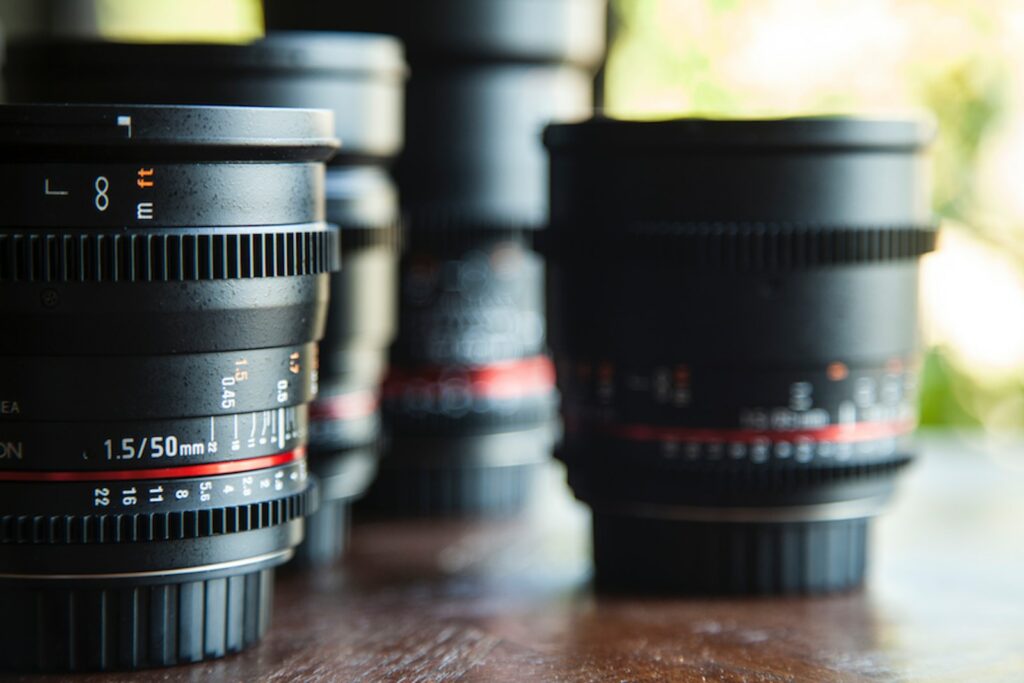
Understanding the basics of camera lenses has been an incredible journey for me as a beginner photographer. It has transformed my photography experiences, allowing me to capture stunning shots with depth, detail, and character. Investing in the right lenses and continually learning about their functioning has greatly enhanced my skills and expanded my creative possibilities.
Frequently Asked Questions
1. What are the basic components of a camera lens?
A camera lens consists of several essential components, including the front and rear lens elements, aperture blades, focus ring, zoom ring (if applicable), and mount.
2. How does a camera lens work?
A camera lens works by capturing and focusing incoming light onto the camera’s image sensor. The lens elements help control the quality of the image by adjusting factors such as focus, depth of field, and distortion.
3. What is the difference between a prime lens and a zoom lens?
A prime lens has a fixed focal length, meaning it offers a single perspective without the ability to zoom in or out. On the other hand, a zoom lens allows you to change the focal length and adjust the magnification of your subject.
4. How do camera lenses affect photography?
The choice of camera lens significantly impacts the outcome of your photographs. Different lenses offer varying angles of view, depth of field, and effects, allowing you to capture images with different perspectives and levels of detail.
5. What are some popular types of camera lenses?
There are various types of lenses available, including wide-angle lenses, telephoto lenses, macro lenses, and standard lenses. Each type serves a specific purpose, and the selection depends on the desired effect and subject matter.
6. How do I choose the right camera lens?
Choosing the right camera lens depends on the type of photography you are interested in. Consider factors such as focal length, aperture range, and lens quality to match your needs and shooting style.
7. How to care for camera lenses?
To keep your camera lenses in optimal condition, it is essential to clean them regularly using a soft, lint-free cloth or lens cleaning solution. Store them in a protected place to prevent dust, moisture, and scratches.
8. Can I use different lenses on different camera brands?
Most interchangeable lenses are designed to work with specific camera brands and mounts. However, with the use of lens adapters, it is often possible to use lenses from one brand on another, although some functionalities may be limited.
9. Are camera lenses interchangeable?
Many cameras allow you to interchange lenses based on your shooting requirements. Interchangeable lenses offer flexibility and the ability to adapt to different subjects and creative styles.
10. Are camera lenses expensive?
The price of camera lenses varies depending on multiple factors, such as the brand, type, and quality. While some lenses can be quite expensive, there are also budget-friendly options available for beginners and enthusiasts.
Wrap Up
In conclusion, understanding the basics of camera lenses is essential for any aspiring photographer. By grasping the key components and functions of lenses, you can unleash your creativity and capture stunning images.
Remember, the lens is the eye of your camera, allowing you to see the world through different perspectives. Experiment with various focal lengths, aperture settings, and lens types to capture the perfect shot.
Whether you are just starting out or looking to expand your photography skills, this beginner’s guide has provided you with a solid foundation. So go ahead, grab your camera, and start exploring the fascinating world of camera lenses.
Have you found this guide helpful? We would love to hear your thoughts and experiences. Leave a comment below and share your journey with us. Happy shooting!
